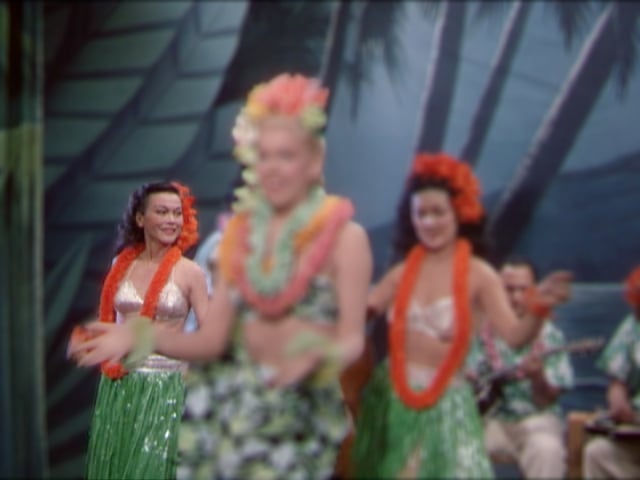Ordinal (SW/NE)
2017 - Film & Video (Film & Video)
43:05 minutes
Miljohn Ruperto
Miljohn Ruperto’s research-based multidisciplinary practice often deals with possession, re-enactment, mythology and archives. These conceptual throughlines also underpin Ruperto and Minnesota-based director Rini Yun Keagy’s eerie experimental documentary Ordinal (SW/NE) , which collapses mythology, scientific research, Californian agricultural history, American literature, and speculative fiction into a poetic and timely examination of possession, infection, and individual agency in an age of wanton industrial agriculture and alienation. Ordinal (SW/NE) tells the tale of a young Black man named Josiah as he navigates the banalities of daily life while potentially being possessed by a malignant supernatural force or stricken by valley fever, a little-known yet gruesome and sometimes lethal real-life respiratory illness which disproportionately affects farm and field workers, particularly Filipinos and African-Americans. Scenes from Josiah’s movements through institutional and domestic spaces are interwoven with drone footage of vast golden fields, archival photography of California dust storms so enormous that they appear biblical, and black-and-white footage of a scene from John Steinbeck’s canonical novel The Grapes of Wrath , which follows the desolate journey of impoverished American migrants during the Great Depression. Ordinal (SW/NE) is a prismatic work, an expansive Pandora’s Box of storylines moving between the past, present, and mythological time. Yet it remains grounded in regional specificity, as it traces the spiritual effects and cultural-environmental influences of valley fever and the pathogenic fungus coccidioides immitis that causes it. While endemic to the Southwestern United States, valley fever is particularly common in the Central Valley of California, which is the agricultural engine of California as well as a repository for much of the state’s air pollution. The region represents both the insistence of desert irrigation as well as the threat of man-made drought and respiratory sickness, both the miracle of technology and the revenge of the gods.
Miljohn Ruperto is a cross-disciplinary artist working across photography, cinema, performance, and digital animation. His work refers to historical and anecdotal occurrences, and speculates on the nature of assumed facts and the construction of truth. Often involving replicas, modified versions, and enactments—including Chinese-made reproductions of Caspar David Friedrich’s The Monk by the Sea ; modified images based on the 15th century Voynich Manuscript; or reworked footage of Filipino actress Isabel Rosario Cooper—Ruperto takes cultural and historical references and untethers them from their original context to challenge our perception and generate something altogether new. Ruperto’s work is often informed by his collaborations with experts from other disciplines including Dutch animator Aimée de Jongh, neuroscientist and engineer Rajan Bhattacharyya, photographer Ulrik Heltoft among others. Through a richness and diversity of lenses, and preferencing the obscure, mysterious and the magical, his work challenges fixed conceptions of truth and history, and instead speaks of an indeterminacy and subjectivity of experience that renders truth and fiction near indistinguishable.
Colors:
Other works by: » Miljohn Ruperto

© » KADIST
Miljohn Ruperto
2013Miljohn Ruperto’s high-definition video Janus takes its name from the two-faced Roman god of duality and transitions, of beginnings and endings, gates and doorways...

© » KADIST
Miljohn Ruperto
2009Miljohn Ruperto’s silent video work Appearance of Isabel Rosario Cooper is an archive of ghosts...

© » KADIST
Miljohn Ruperto
2009Acting Exercise: Demon Possession is a video by Miljohn Ruperto that addresses notions of performativity, the self, and collective truth...
